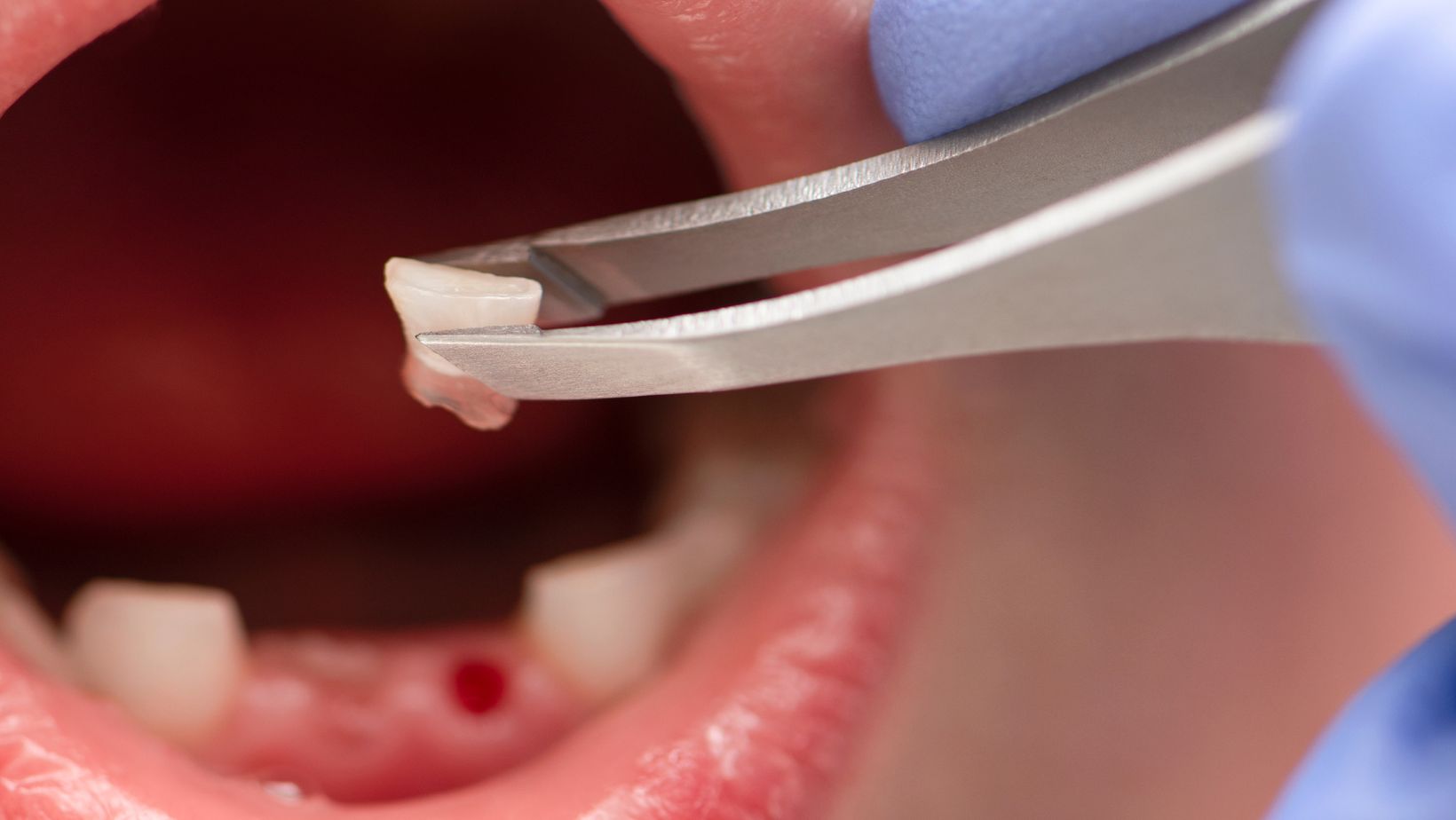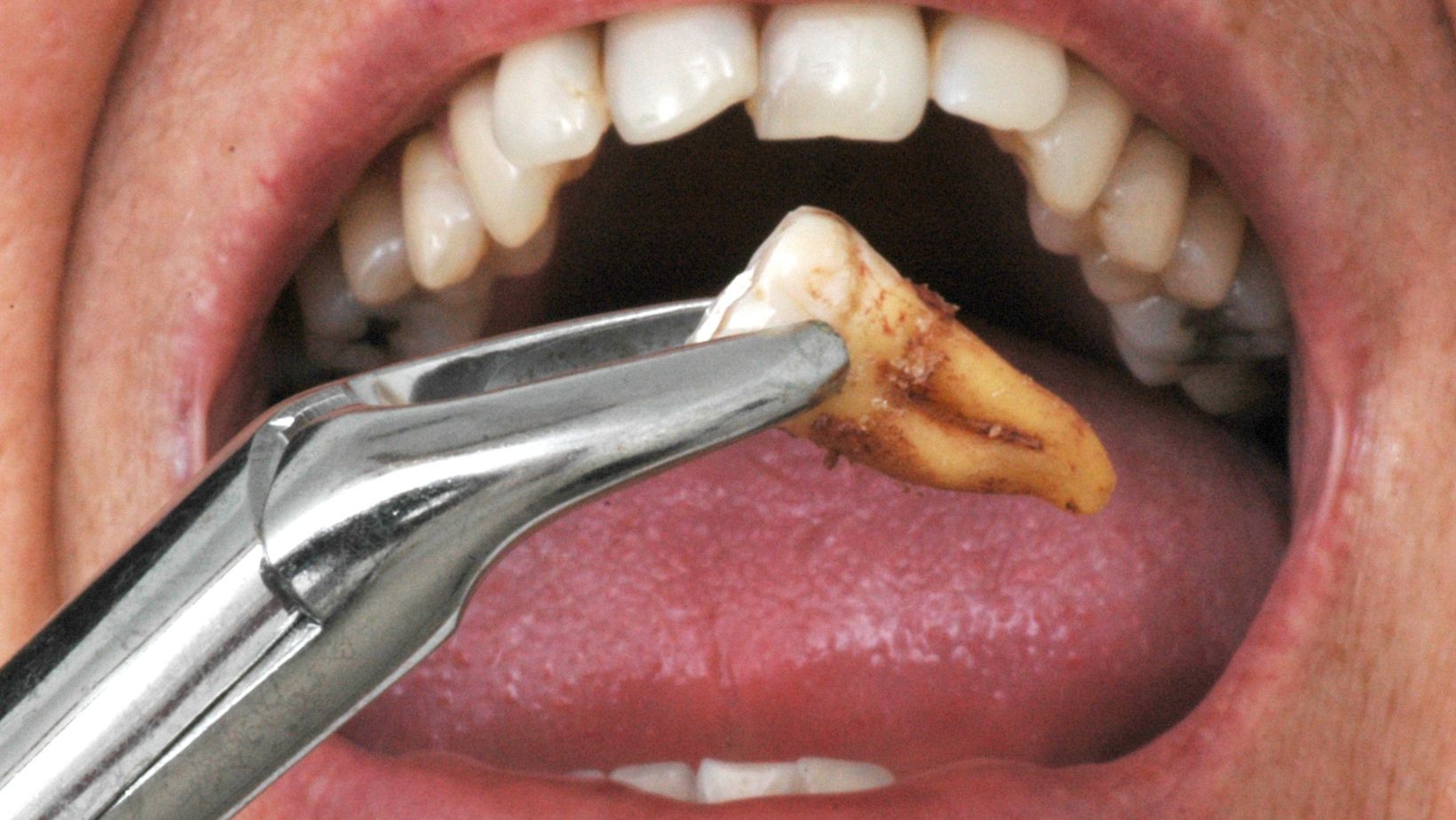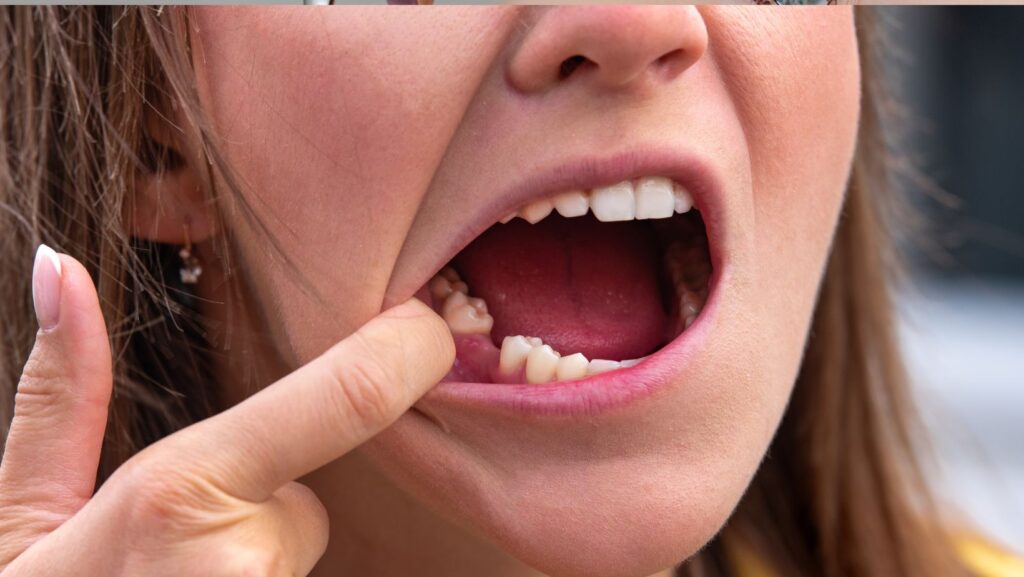Tooth extraction is a common dental procedure that many people may need at some point in their lives. Whether it is due to a damaged tooth, overcrowding, or other reasons, knowing what to expect before and after the procedure can help ease your mind. This guide covers the basics of tooth extraction. It will explain when it’s needed, the steps, and what happens afterward.
Understanding the process is key to making informed decisions about your dental health. Discover more on this topic and beyond. Check out our blog today!
Why Might You Need a Tooth Extraction?
If you have a severely damaged or decayed tooth that cannot be saved through dental treatment like a filling or crown, an extraction may be recommended. In some cases, teeth may need to be removed if they are causing overcrowding in your mouth. This is often done before getting braces to create space for proper alignment.
Additionally, tooth extractions may be performed if you have an infection that cannot be treated with antibiotics, or if a tooth is at risk of spreading infection to other teeth. Sometimes, extractions are needed before dental implants can be placed to replace a missing tooth. It’s important to consult with your dentist to determine whether an extraction is the best option for your situation.
What Happens Before the Extraction?
Before the procedure, your dentist will perform a thorough examination to determine whether tooth extraction is necessary. They will take X-rays of your teeth to assess the tooth’s condition and plan the best approach for removal. Depending on your situation, your dentist will discuss sedation options.
For more complicated extractions, such as those involving impacted wisdom teeth, you may need general anesthesia, which will make you sleep throughout the procedure. Your dentist will explain all options and help you decide the best choice based on your comfort level and the complexity of the extraction. When considering your dental health, it’s important to explore all available dental surgery options, including implants, extractions, and gum grafts.
The Tooth Extraction Procedure
On the day of your tooth extraction, your dentist or oral surgeon will ensure you are comfortable and relaxed. If local anesthesia is used, the area around your tooth will be numbed, and you may feel pressure but no pain. For more complicated cases, general anesthesia may be used to make you unconscious during the procedure.

The dentist will carefully loosen the tooth from its socket using special instruments. In some cases, the tooth may need to be broken into smaller pieces to make removal easier. Once the tooth is removed, your dentist will clean the area and may place stitches to close the wound.
What to Expect After the Extraction?
After the tooth extraction, there are a few things you need to keep in mind. It is normal to experience some pain, swelling, and bleeding after the procedure. Your dentist will give you specific instructions for managing these symptoms.
Applying ice to your face can help reduce swelling, and over-the-counter pain medications can relieve discomfort. In some cases, your dentist may prescribe stronger pain relief or antibiotics to prevent infection.
It’s important to avoid activities like smoking, drinking through straws, or vigorous exercise for a few days after the extraction, as these can interfere with the healing process. Keeping the area clean is crucial, so follow your dentist’s instructions for brushing, rinsing, and eating soft foods to avoid irritation.
Recovery and Aftercare
Your recovery time will vary depending on the complexity of the extraction. Simple extractions typically heal faster than surgical extractions. However, it is important to attend follow-up dentist appointments. They will ensure proper healing and check for complications. If you have pain, swelling, or signs of infection, contact your dentist right away.
If you had a tooth removed for a dental implant, your dentist will give you care instructions for the site until the implant can be placed. Dental implants often require several months of healing time before they can be installed. During this period, the bone in your jaw will need to integrate with the implant, a process called osseointegration.
Dental Implants After Tooth Extraction
In many cases, a tooth extraction is followed by the placement of a dental implant. A dental implant is a permanent solution for replacing a missing tooth. The implant is a titanium post that is inserted into the jawbone, where it will eventually fuse with the bone.
For many patients, dental implants offer a long-term solution that looks and feels like a natural tooth. After an extraction, a dental implant isn’t always needed. But, your dentist may recommend it. It’s a good option if you want to keep your smile’s shape and prevent bone loss.
Potential Risks and Complications
While tooth extraction is a routine procedure, it is not without its risks. The most common complications include infection, dry socket, and damage to surrounding teeth or nerves. Infections can occur if bacteria enter the site during or after the procedure, leading to pain, swelling, and fever.

A dry socket occurs when the blood clot that forms in the empty tooth socket is dislodged, exposing the bone and nerves. This can cause intense pain and delay healing. To reduce the risk of complications, follow your dentist’s aftercare instructions carefully. Tooth extraction is one of the most common types of oral surgery, along with procedures like wisdom teeth removal and dental implants.
Making the Right Decision for Your Dental Health
Tooth extraction is a safe and common procedure that can help improve your oral health. If you need a tooth removed due to damage, infection, or overcrowding, knowing the process can help. It can make the experience less scary. With proper care and attention to recovery, most people heal quickly and comfortably after the procedure.
If you are considering tooth extraction or implants, consult your dentist. This will help you make the best choice for your dental treatment. The right steps now can lead to a healthier and more confident smile in the future.
Want to learn more? Don’t forget to explore our other articles before you leave!
